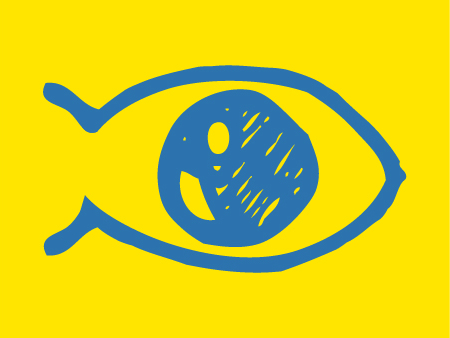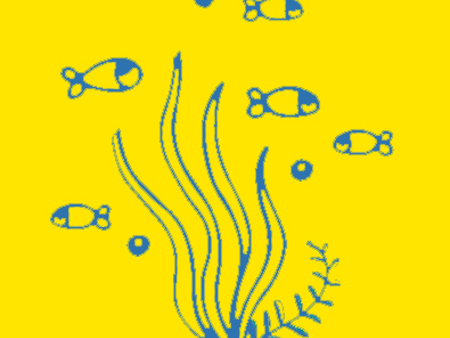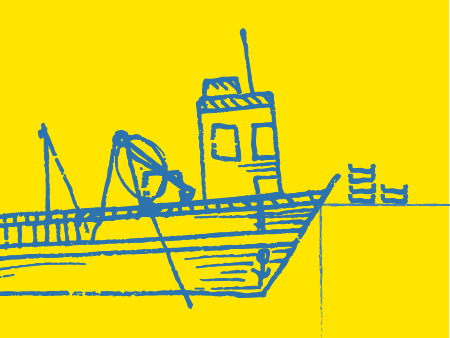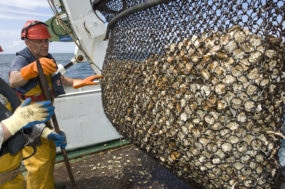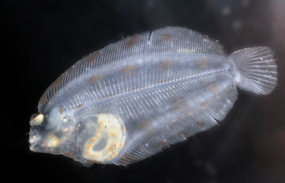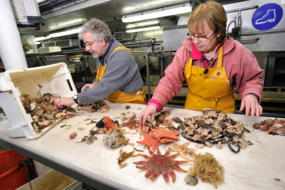Écosystèmes
L'observation des écosystèmes par le SIH de l'Ifremer repose sur un réseau de campagnes en mer. Elle vise à évaluer l’état des stocks des différentes espèces pêchées en France et en Europe. Elle permet aussi de caractériser l'écosystème marin dans dans lequel évoluent les peuplements.
25 campagnes scientifiques ont lieu chaque année en mer, permettant de collecter des données depuis plus de 30 ans pour les plus anciennes. Grâce à l’utilisation d’engins de pêche standardisés, les données acquises ainsi chaque année à bord de navires scientifiques ou des bateaux de pêche professionnels contribuent au calcul de l’indice d’abondance, avec des milliers de poissons prélevés lors de chalutages minutés. Les poissons sont mesurés et leur âge est évalué grâce à la mesure de leurs otolithes (petits os situés dans l’oreille interne du poisson).




